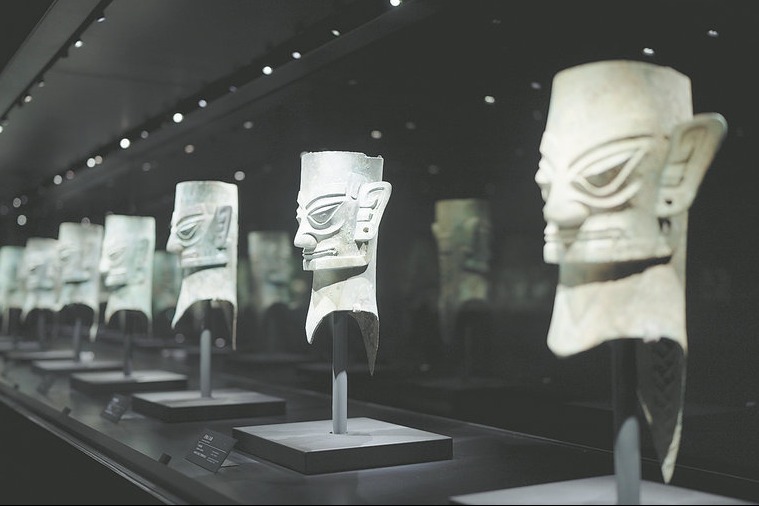Villagers relocated for SW China telescope visit former home
Xinhua | Updated: 2017-04-18 20:55
GUIYANG -- Standing under the world's largest radio telescope, Yang Tianjue can still make out the site of his old house, which was removed 10 years ago to make way for the project.
"There was once a water cellar and I planted an osmanthus tree beside it," said Yang, 42, pointing somewhere near the feed cabin of the Five-hundred-meter Aperture Spherical Telescope (FAST), which was put into use in September 2016.
The telescope is located at the Dawodang depression, a natural karst basin under Kedu Town of Pingtang county in Guizhou province. Dawodang was once inhabited by 12 families who were relocated after the site was chosen for the telescope over a decade ago.
On April 13, 12 former residents paid a visit to Dawodang at the invitation of the Chinese Academy of Sciences and the provincial government of Guizhou.
"The feed cabin collects all the information gathered by the telescope, helping people better explore the mysterious universe," explained Peng Bo of the National Astronomical Observatories and a leader of the FAST project.
Peng told Xinhua that Dawodang was chosen out of more than 900 depressions, and the decision was made after the National Astronomical Observatories spent 10 years investigating and analyzing.
"More than 10 years ago, several scientists came to Dawodang and we heard that a big cauldron would be built here, and we would be able to see outer space through it," Yang said.
Yang was so thrilled at the news that he lost sleep for several nights.
"I volunteered to show the scientists around as they carried out their survey," he said.
He remembered that the survey lasted for three years. The villagers had doubts that the project would actually come to be until one day some engineers brought five drilling machines to Dawodang.
The beginning of construction meant that the local farmers had to leave their hometown.
"Of course it was hard to say goodbye to the place we had lived for seven or eight generations," Yang said.
However, the relocation allowed them to lead better lives. Yang said Dawodang was once a remote and underdeveloped place with no road connecting it to the outside world.
There were only about 20 mu (1.3 hectares) of paddy fields, which couldn't feed everyone. They were forced to cultivate the barren mountains nearby.
Some farmers raised pigs, but it was hard to get the pigs out of the mountains to sell them since there was no adequate transportation, he said.
When they moved out of Dawodang, each of the 12 households was given a three-story house in Kedu Town and a subsidy ranging from 520,000 yuan ($75,486) to 3 million yuan, depending on how much land they previously held.
Yang opened a store selling tires, and the store is now the largest of its kind in the town with an annual revenue of some 300,000 yuan.
According to the county government, besides the 12 households in Dawodang, more than 8,000 residents within five kilometers of the telescope should also be relocated. Currently, more than 2,300 people within a radius of three kilometers have already moved out.
Liu Pinyang, an official of Jinke Village of Kedu Town, said that a decade ago, more than half of the villagers were living in poverty, but now more than 90 percent of them are no longer poor since relocation.
The villagers will also benefit from the development of tourism, he said.
Earlier this year, Guizhou Province announced that 5 billion yuan will be spent on building a tourist resort there. A dozen projects including a learning center on radio astronomy, a geological park and a science fiction-themed hotel will be built.
Huang Zhangqing, 54, was formerly a teacher of a primary school in the county. Both his home and the school were relocated. Huang is preparing for the opening of a family inn, hoping to cash in on the tourism boom.
"The telescope can open up the eyes of human beings, and moving out of the mountains has opened up the eyes of locals," Yang Tianjue said.
























